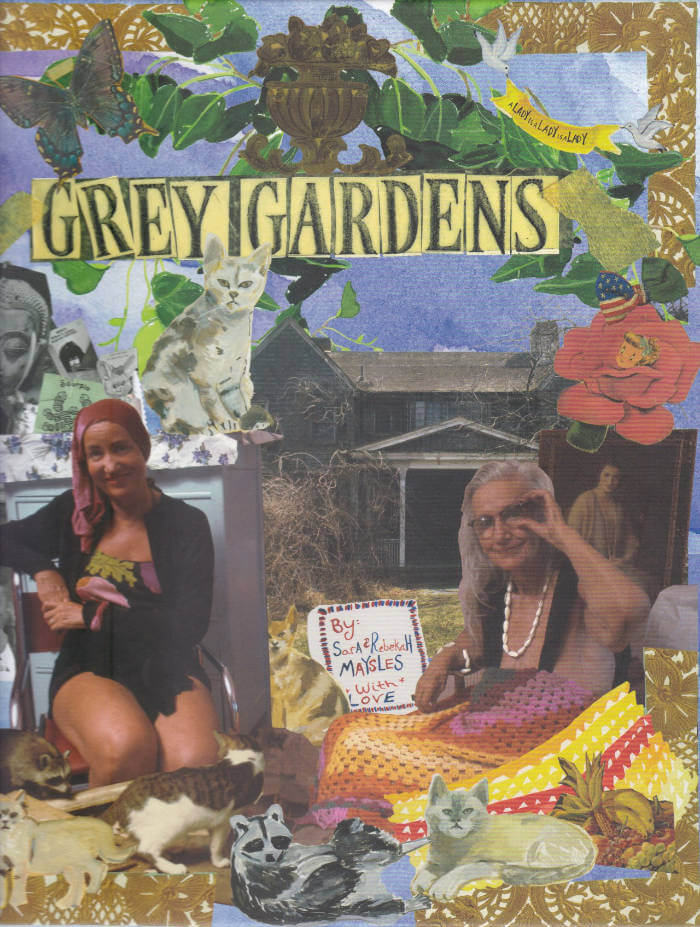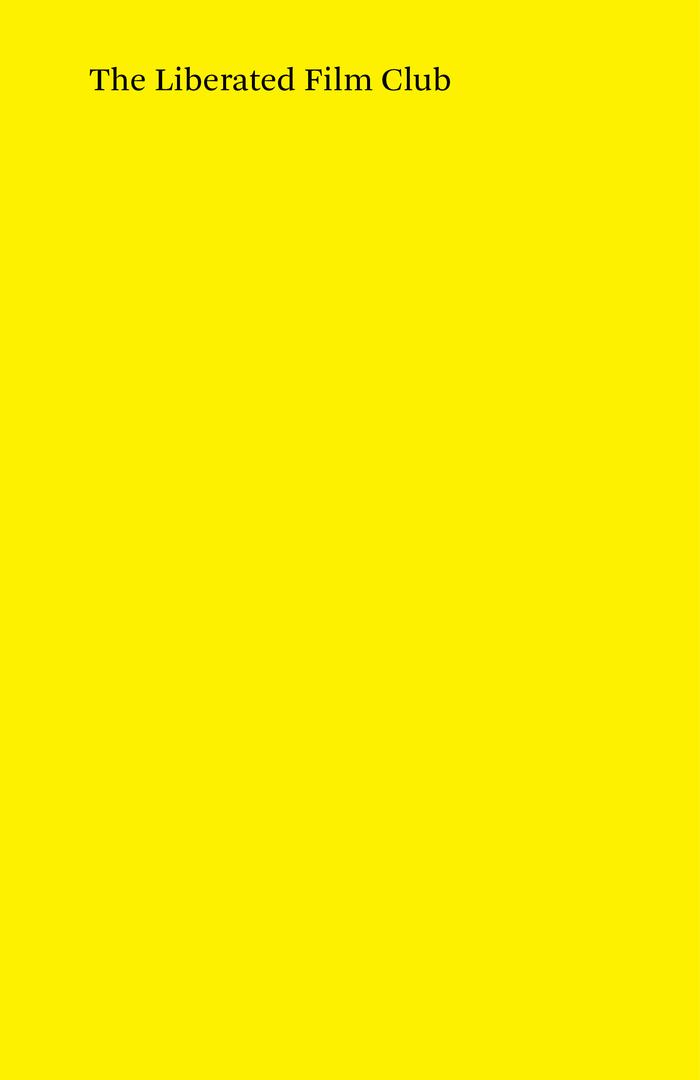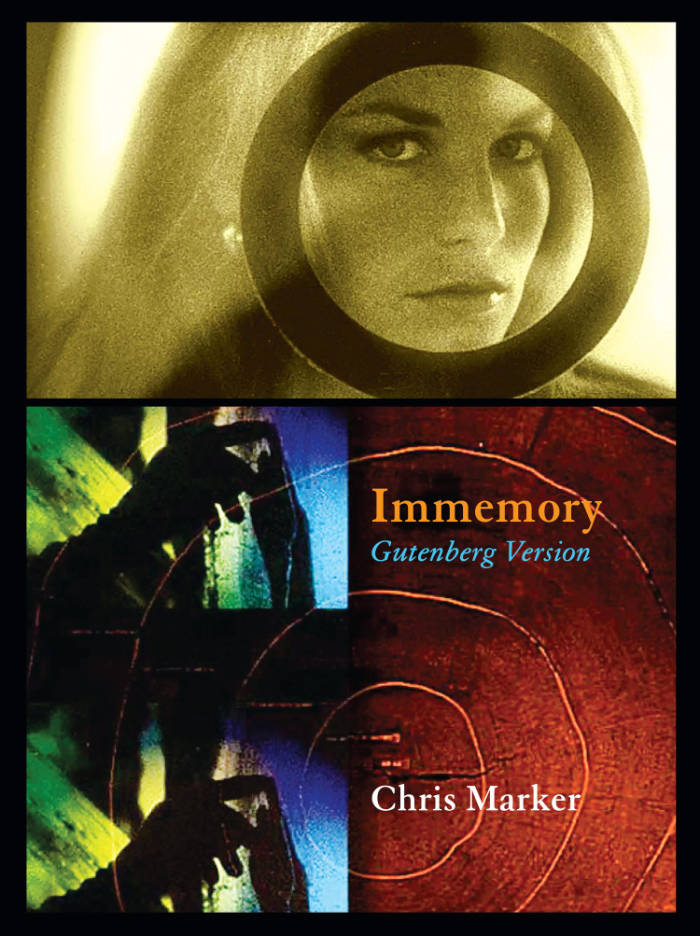
Grey Gardens
Sara Maysles ed.
One of the strangest and subtlest films ever made, the Maysles Brothers' 1975 documentary Grey Gardens today boasts as devoted a following as Harold and Maude. Shot at Grey Gardens, the dilapidated East Hamptons mansion of Big Edie and Little Edie Beale, aunt and cousin to Jackie Onassis, this classic of cinema vérité tracks the Beales' eccentric and sequestered lives, which consist mostly of doing nothing, but with a mesmerizing zest and volubility.
This volume offers a myriad of illustrations, photographs, film stills, production notes and other archival materials alongside transcripts of the Beales' own stories and conversations edited from unreleased Grey Gardens sound recordings. Structured to mirror the Maysles' approach to the world of the Beales, it resembles the enchanting clutter of the mansion, a self-contained world littered with mementos and ephemera. It also reproduces unpublished photographs by both Albert and David Maysles. With an introduction by Albert Maysles, drawings and illustrations by Albert's daughter, Rebekah Maysles and an appendix with the full transcript of Grey Gardens, as well as an audio CD of sound recordings capturing the Beales at their best, this book is the essential companion to the film and a beautiful testimony to its legacy.
The 60-minute CD that comes with the book contains conversations with the Beales and their friends, songs and poetry recited by the two Edies and audio of the Beales during and after watching the film for the first time.




